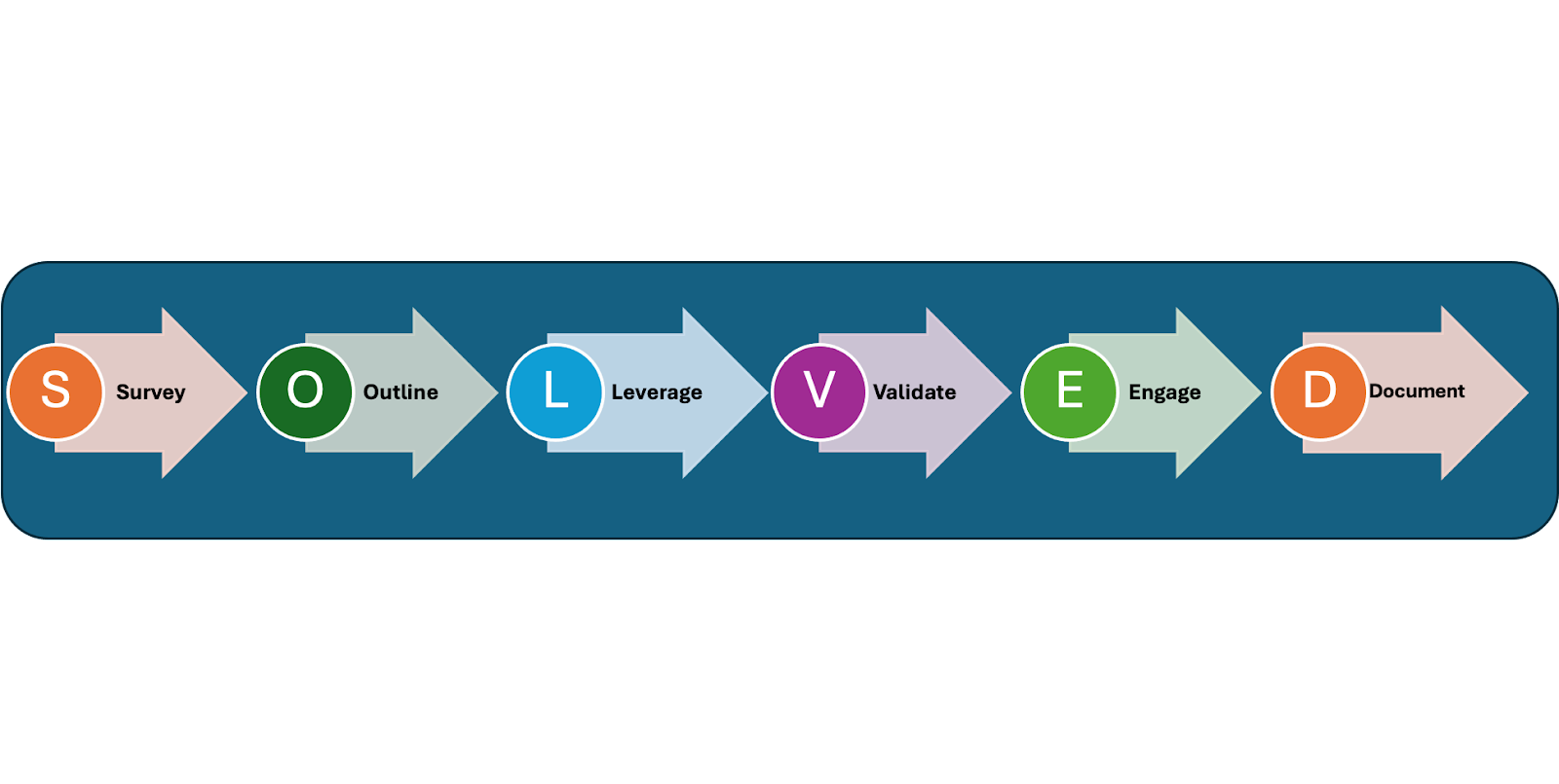Decision-Making Model: SOLVED
Discover SOLVED: a decision-making model that can be used for making effective decisions throughout different stages of the software development lifecycle.
Join the DZone community and get the full member experience.
Join For FreeDecision-making is a critical aspect of our lives. Nothing slows down our progress like indecision. Well-thought-out decisions are instrumental in navigating complexities and achieving individual, team, and organizational desired outcomes.
In software development, decision-making is a crucial process that occurs at various stages of the development lifecycle, starting from technology stack finalization, architecture design, feature prioritization, user experience (UX) design, development methodologies and integration, security and performance considerations, testing strategies, etc.
I have used different Decision-Making Models to support critical decision-making. In this article, I will talk about a decision model, SOLVED, which I found useful in most of the scenarios encountered during software development.
SOLVED is a 6-step decision model that not only helps in software development but also product and project management. The name SOLVED is derived from the steps involved in this model.
S - Survey
O - Outline
L - Leverage
V - Validate
E - Engage
D - Document
Let's go through the steps. Each step also included the details about a practical example.
Step 1: Survey
- Examine the condition and situation, and understand the problem statement.
- Collect the different data related to the problem statement via research and analysis.
Example
There is a request to improve the performance of a page. As a part of this step, start with the following:
- Capture the current performance of the page during different scenarios.
- Understand the user behavior on the page by analyzing the statistics.
- Identify the probable areas where performance is potentially degraded and can be improved by refactoring the code.
Step 2: Outline
- Outline the objective and problem statement clearly.
- A clear, precise, and well-defined understanding of the objective or problem statement will help ensure the correctness of the decision.
Example
For the performance improvement, outline the problem statement as improving the page performance and bringing the load time to under 2 seconds from the current load time of 10 seconds.
Step 3: Leverage
- Use the data points collected in Step 1 and identify the probable decision path.
- Data-driven decisions help in enhancing the probability of a decision’s success.
Example
In the same example of performance improvement, using the information captured in step 1, identify the potential changes that can be implemented to potentially improve the performance to achieve the outcome of bringing the performance to 2 seconds.
Step 4: Validate
- Validate the decision path by small-scale execution as per the decision path in Step 3.
- The decision can be also validated by discussing it with an SME.
- This step ensures decisions are not based on unfounded beliefs.
Example
In the same example, perform the spike of refactoring code changes decided in Step 3 to validate the improvement in performance before implementing actual changes.
Step: 5 Engage
- Engage with all the stakeholders to ensure the decision path covers their preferences and feedback.
- This step ensures the decision is accepted.
Example
Share the details about the improvements to be implemented to bring the performance to 2 seconds with all the stakeholders and get the buy-in to implement the change.
Step 6: Document
- Document the final decision and supporting information for future reference.
Example
Document the details about approved improvements and supporting rationale behind the improvements for future reference.
Additional Practical Examples
Below is a reference of some of the other practical examples where I have used this model successfully:
- UX design
- Identifying which database to use (relational vs non-relational)
- Architectural design decision
- Automation test strategy finalization
- Deciding on a product planning tool
- Suggestion to add a new feature to a mobile application
Summary
The SOLVED Decision-Making Model is a simple, but methodological model that helps to make a well-thought-out, effective decision. This method can be used not only in software development but also in any decision-making situation.
Opinions expressed by DZone contributors are their own.

Comments